By Jennifer McChriston | Senior Correspondent – Geopolitics & Global Finance
June 2025 – Washington / Riyadh / Lagos
In the aftermath of the 1970s oil crisis, a new global financial order emerged—one that would profoundly shape international economics, diplomacy, and energy policy for decades. Central to this transformation was the creation of the petrodollar system, a monetary arrangement that linked oil trade to the U.S. dollar. While it stabilized the U.S. economy at the time, it also introduced long-term global imbalances.
This educational review explores the historical context, motivations, and outcomes of the petrodollar system—from its origins in post-Bretton Woods U.S. strategy to the evolving alternatives being explored today across the Global South and the BRICS+ alliance.
I. The Oil Shock and Economic Instability of the 1970s
In 1973, a coalition of Arab oil-producing states declared an embargo against countries supporting Israel during the Yom Kippur War. This triggered:
A fourfold increase in oil prices
Supply shortages in Western nations
Inflationary pressures across the global economy
The crisis demonstrated the power of energy-producing nations and the risks of currency instability following the U.S. decision in 1971 to suspend the dollar’s convertibility into gold—effectively ending the Bretton Woods system.
II. Strategic Response: U.S.–Saudi Agreement and the Emergence of the Petrodollar
To restore confidence in the dollar and stabilize global markets, the U.S. under President Nixon and Secretary of State Henry Kissinger negotiated a strategic agreement with Saudi Arabia in 1974:
Saudi Arabia would price and sell oil exclusively in U.S. dollars
The U.S. would provide military support and access to U.S. defense infrastructure
Oil revenues (petrodollars) would be reinvested in U.S. government bonds and banking systems
This pact ensured a renewed global demand for the U.S. dollar and enabled the U.S. to maintain economic stability without gold backing.
III. Global Impact of the Petrodollar System
Over time, the system expanded as OPEC members followed suit. The consequences included:
Global demand for USD: Countries held dollar reserves to secure oil imports
Support for U.S. debt: Recycled petrodollars financed U.S. deficits
Increased influence of U.S. financial institutions: Institutions such as the IMF and World Bank often operated within a dollar-centric model
Financial leverage: The U.S. gained the ability to influence or restrict access to global finance systems through sanctions and monetary policy
These developments contributed to both economic growth and growing dependency on a single-currency system in international trade.
IV. Emerging Alternatives and Evolving Geopolitical Realities
By the 2020s, several trends began challenging the petrodollar’s dominance:
Bilateral energy deals in yuan, roubles, and euros by countries like China, Russia, and Iran
Cryptocurrency and barter systems used to bypass sanctions
Saudi Arabia exploring non-dollar oil contracts with major Asian economies
The BRICS+ proposal for a commodity-backed alternative trade currency
These shifts suggest the emergence of a more multipolar financial order, where regions pursue diverse paths toward economic sovereignty and resilience.
V. Educational Reflection: Lessons for Policymakers and Developing Nations
For students of international finance and development policy, the petrodollar system offers key lessons:
Strategic alliances and resource policy can reshape global economics
Monetary sovereignty remains a vital but complex pursuit for developing nations
Energy trade remains a cornerstone of geopolitical influence
Global stability benefits from diversified systems that balance power and promote equitable participation
As the world transitions toward green energy, digital finance, and regional trade frameworks, the historical experience of the petrodollar system provides important context for shaping future policy.
Conclusion: From Stabilization Tool to Global Debate.
The petrodollar system was an innovative solution to a global financial crisis in the 1970s. It stabilized markets, deepened interdependence, and reshaped global trade. However, as new economic blocs rise and nations pursue diversified monetary strategies, the debate over dollar centrality continues.
Understanding the history of this system—and its effects on energy markets, sovereign policy, and financial architecture—is crucial for those working toward a fair and resilient global economy.
Jennifer McChriston is Senior Correspondent for The Independentist, covering the intersections of global economics, diplomacy, and energy policy.
© The Independentist 2025
History Informs. Sovereignty Empowers.







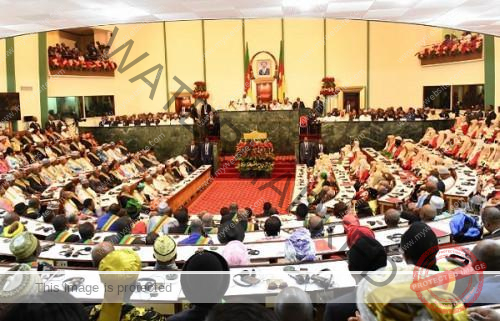





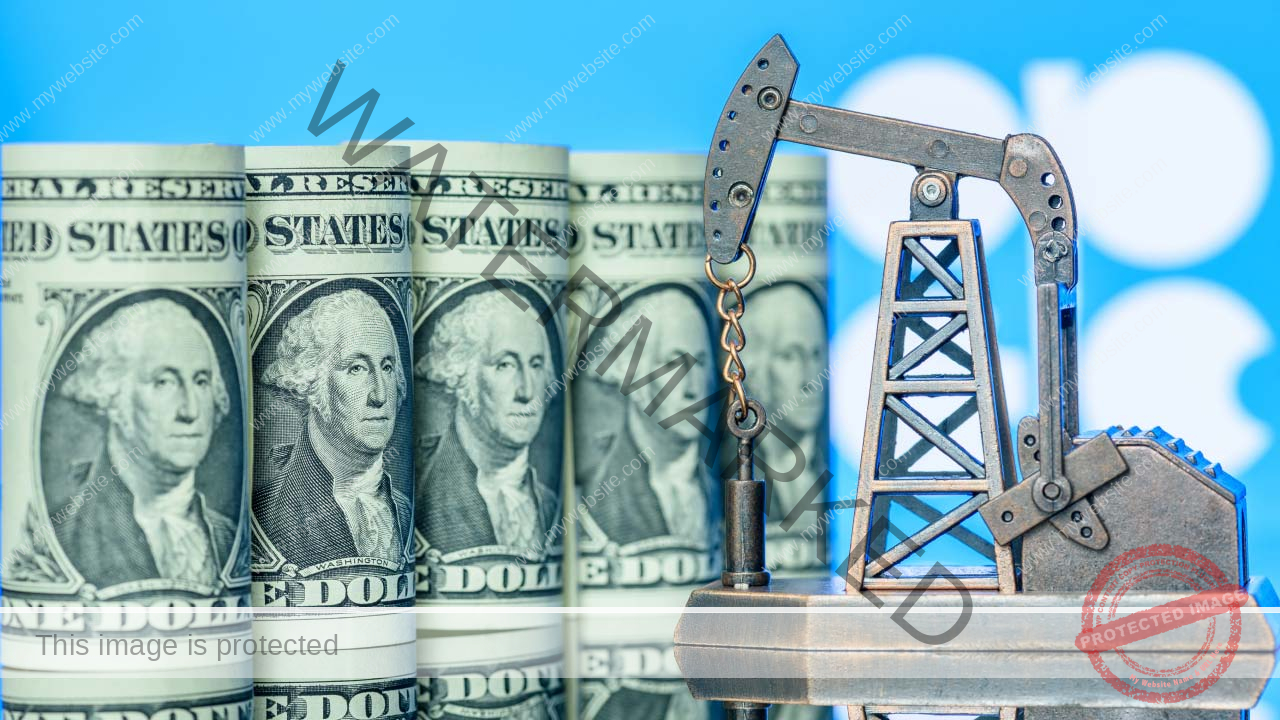


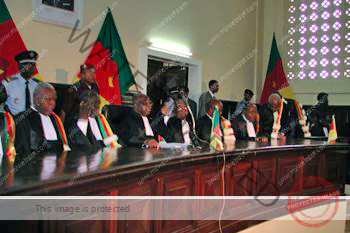
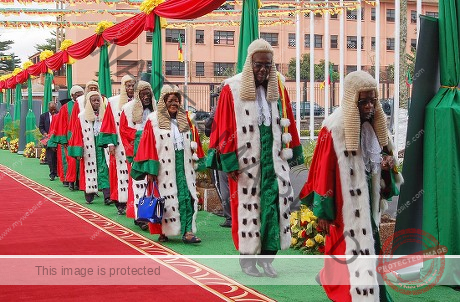

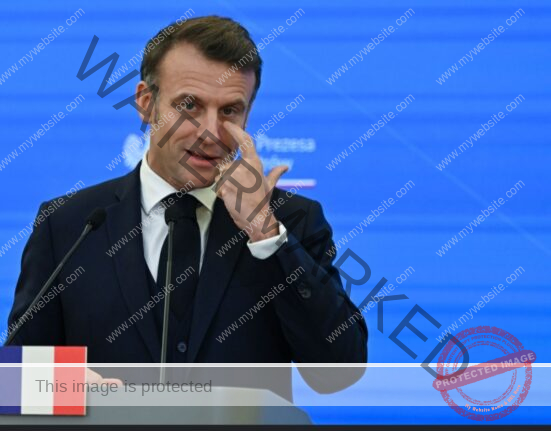

Leave feedback about this